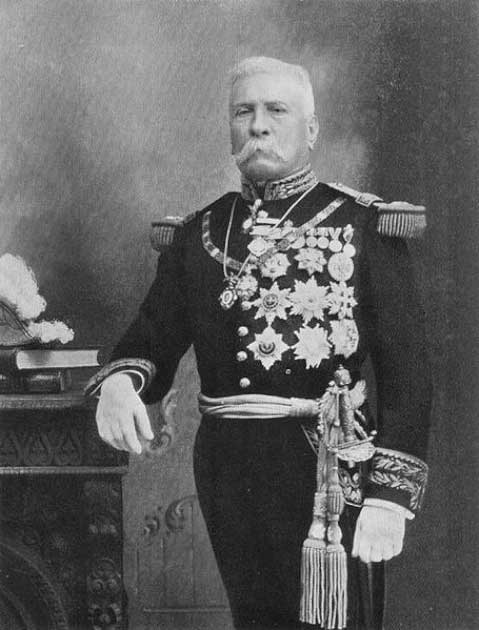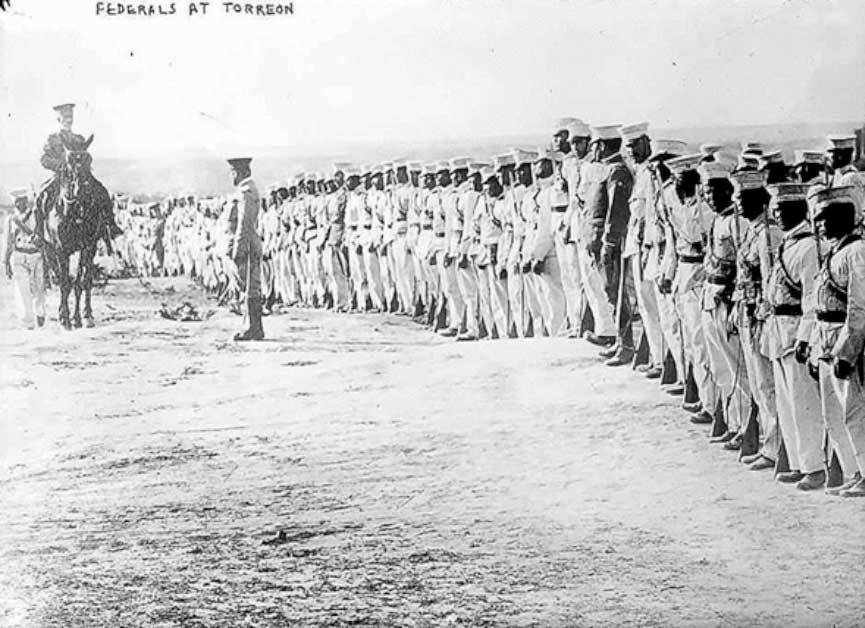Not many know his name, but Wenceslao Moguel is one of the few people who can claim to have cheated death. He was tried and sentenced to death, accused of being a rebel in the Mexican Revolution.
There was no formal trial so that he could not appeal his sentence and would have been among the millions who had perished through no fault of his own. However, luck was on his side. Despite being shot 8 or 9 times, Wenceslao survived. Not only this but he lived for 61 more years. Here is his story and what happened to him.
The Mexican Revolution
The Mexican Revolution was an extended armed conflict in Mexico from 1910 to 1920. It has been classed as one of the most defining events in modern Mexican history. It resulted in the destruction of the Mexican Federal Army and replaced it with the Revolutionary Mexican Army.
The conflict was at first civil war, but it was not long until foreign powers had economic and strategic interests in Mexico. One of the biggest powers invested was the United States.
The Mexican Revolution began as a movement of middle-class protesters against the dictatorship of Porfirio Diaz. Diaz was a professional soldier who had conducted a successful coup to come to power.
However, he managed to establish a stable political system in which local bosses controlled elections and opposed political rivals. The system was fueled by new money that was pumped into the economy by trade and investment. Mexico became filled with railways, mines, and crops.

The new money strengthened the national government. The budget was stabilized in the 1890s and Mexico became the envy of Latin America. By the time of 1910, Diaz hosted world representatives on the 100th anniversary of Mexico’s independence, showcasing a Mexico at peace. However, this was not to last.
- Ludger Sylbaris: The Man who Survived Doomsday in a Prison Cell
- The Tavora Executions: An Entire Noble Family Put to the Sword
During the winter of 1910-11, local armed bands began to spring up in northern and then central Mexico. Diaz was not prepared. He was rusty and the military system was not ready to contain the spread of guerrilla warfare that sprung up across the country.
The government pressed onto Diaz that he should retire in order to salvage a little bit of control before the revolution spread too far. This was well-founded. A new president was then elected, through one of the freest elections that Mexico had ever held.
The years that followed were chaotic and violent. People who preferred the old regime those who were at the top of the economic chain; landowners, military leaders, businessmen, and clerics blocked the new regime from progressing. By 1913, the new regime had lost its leader and a new military coup was in place. Years of warfare and violence took their toll on the country.
Wenceslao and the Revolution
In 1915, the revolutionary Pancho Villa was defeated by the Constitutionalists, known as the “Federales”. The Federales hunted down anyone they thought were supporters of Pancho, pursuing them across the country and executing them whenever they could. They used flimsy allegations to ensure execution and hunted many people to death.
Wenceslao Moguel Herrera was a 25-year-old man from Yucatan but was accused of being one of Pancho Villa’s faithful followers. On March 18th, 1915, the government forces caught Wenceslao and arrested him.
On the same day, the government ordered his execution without trial as they considered everyone captured in this way to be rebels. Herrera was given no opportunity to defend himself or to present his own story. The military lined up the rebels and promised them one last cigarette before they were shot.
Upon the finishing of this cigarette, Moguel was blindfolded and shot by eight of the Federales. Once he had fallen to the ground, Moguel was given the final blow: the Coup de Grace delivered by Colonel Oritz. This was a shot to the head to ensure that he was dead.
Overall, Moguel was actually shot in total around 12 times. Despite this and the excruciating pain that he went through, Wenceslao survived. He waited for executioners to leave and move on. Naturally, they had assumed he was dead. How wrong they were.
Moguel managed to crawl over to the church of St James Apostle around three blocks away despite being gravely wounded and full of bullets. A member of the church spotted him and escorted him inside, as one story puts it.

Another version suggests that he was discovered by revolutionaries the next day as he lay among the corpses. They provided him with medical care, and he was able to survive.
Whilst it is unclear how he survived or escaped, it is clear that somebody or some group helped him through his grievous wounds. Unsurprisingly, Moguel, kept a low profile throughout the rest of the war before migrating to the United States in 1930.
Once there, his story caught the attention of Robert Ripley, a cartoonist and radio show host. On July 16th, 1937, Wenceslao told his story to the nation of how he escaped the clutches of death.
Wenceslao became famous in the United States and Mexico, being referred to as “El Fusilado” or “the executed one”. His fame even later inspired Chumbawamba, an English rock band of the 90s and 2000s to write a song about his miraculous brush with death and how he survived.
A man that should have died in 1915, fought with death herself to survive another sixty-one years. He returned to Mexico and died in 1976 at the ripe old age of 85.
El Fusilado
Wenceslao Moguel creates a great picture of how the human body can overcome even the direst situations but also gives an interesting insight into life in Revolutionary Mexico. People were constantly in danger and with the governments overturning each other at every opportunity it was a dangerous place to live no matter who you were. You would never know if you were safe or if there’s a target painted on your back.
Top Image: Wenceslao Moguel survived his firing squad despite being shot as many as 12 times. Source: Rexandpan / Adobe Stock.
By Kurt Readman